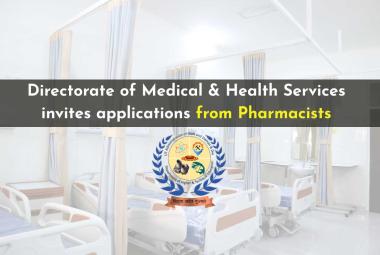U.S. Food and Drug Administration allowed marketing of a rapid diagnostic test (RDT) to detect Ebola virus antigens (proteins) in human blood from certain living individuals and samples from certain recently deceased individuals suspected to have died from Ebola (cadaveric oral fluid). The OraQuick Ebola Rapid Antigen Test is the first rapid diagnostic test the FDA has allowed to be marketed in the U.S. for the Ebola Virus Disease (EVD). The test provides a rapid, presumptive diagnosis that must be confirmed.
EVD, which is caused by the Ebola virus, is a severe, often fatal disease in humans that can spread through direct contact with blood or body fluids or objects contaminated with body fluids, as well as from the bodies of those who have died from the virus. EVD has led to several large outbreaks in Africa, including the West African Ebola epidemic that began in 2014 and was the largest outbreak of EVD in recorded history, and the ongoing outbreak in the DRC, which is currently the second largest outbreak. Extensive efforts are underway by the Ministry of Health in the DRC to contain the current outbreak with support from the World Health Organization, the U.S. government, and other partners. These measures include campaigns to promote good hygiene, large-scale vaccination campaigns, specialized Ebola treatment centers where those infected or exposed to the virus can receive investigational therapeutics, and comprehensive efforts to trace and prevent the spread of EVD through vaccination campaigns, monitoring for symptoms, diagnostic testing, and implementation of infection prevention and control measures, such as safe and dignified burial procedures.
For the OraQuick Ebola Test submission, the FDA reviewed data from multiple clinical studies of blood samples and cadaveric oral fluid from the 2014 West African outbreak and from a variety of analytical studies. Based on these data, the FDA determined that general and special controls were necessary to provide a reasonable assurance of the safety and effectiveness of the OraQuick Ebola Test when intended to identify antigens associated with Ebola virus in blood from symptomatic patients and oral fluid of cadavers.
The amount of Ebola virus when patients have severe symptoms of EVD is usually high; however, the amount of virus in samples taken early after infection when symptoms are not present yet or taken early during the course of EVD when symptoms are mild can be very low. The studies demonstrated the importance of testing only symptomatic individuals so that the amount of virus is high enough to be detectable by this test. The OraQuick Ebola Test is not intended to be used for general Ebola infection screening (e.g., airport screening) or testing of individuals at risk of exposure without observable signs of infection.
The OraQuick Ebola Test may also be used in recently deceased individuals (cadaveric oral fluid) with epidemiological risk factors (including geographic locations with high prevalence of EVD) suspected to have died of EVD to inform decisions on safe handling of cadavers to prevent disease transmission.







